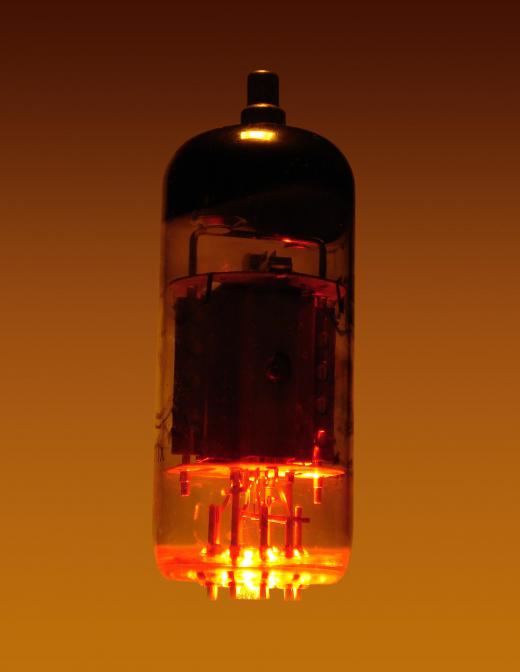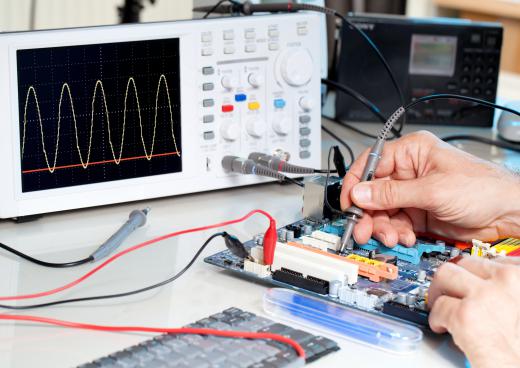A flyback transformer is the main component of a flyback converter that generates high voltage usually in cathode ray tube devices such as television sets and oscilloscopes. It relies on the fast falling edge of a horizontal scan signal. This transformer is able to generate tens of thousands of volts of direct current (VDC) due to the fairly high audio frequency of the horizontal beam deflection stage. Compared to other line output transformers, the flyback transformer has the highest requirements for high-voltage insulation. A flyback transformer's inner structure needs to be free from humidity and must have the right spacing between parts of winding layers with elevated voltage differences.
This type of transformer belongs to the category of electrical transformers, but unlike ordinary power transformers, the flyback transformer generates a high voltage in its secondary winding. High-voltage semiconductor rectifiers are used with the flyback transformer to generate high voltage. Electrical transformers generate a voltage higher or lower, or the same as its input. A transformer may step up, step down, or just isolate the input from the output voltage. The input voltage in a transformer is converted into a magnetic field, while the output voltage is generated by the periodically collapsing magnetic field.

The impedance of a flyback transformer is the combination of resistance and frequency sensitive reactance due to the action of capacitors and inductors. The direct current (DC) resistance may be measured using an ordinary ohmmeter, which operates using a low-voltage DC source such as 1.5-volt (V) batteries. Impedance is dependent on frequency; the audio impedance of a speaker, for instance, applies to the audio range from about 100 cycles per second (cps) to about 20,000 hertz (Hz). A line output transformer is used for power, audio, and other applications needing isolation and impedance matching. For audio, a line output transformer may have high primary winding impedance such as 3,000 ohms, while the secondary impedance could match speaker system impedance usually in the range of 2 to 8 ohms.

Vacuum tube-type circuits make use of line output transformers with primary winding impedance of something like 10,000 ohms. This results in using so many turns of fine magnetic wire in building transformers for tube-type circuits. The higher voltages used for tube-type circuits make flyback transformer construction rely heavily on good insulation material between winding layers. High humidity is avoided when storing and using insulator tapes and boards used to separate layers of windings. These materials are also able to maintain insulation even at elevated temperatures that occur during normal operation.
